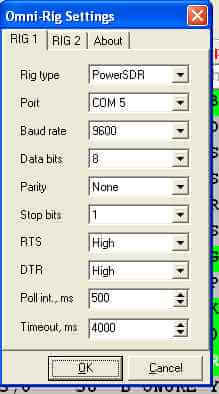
Nothing says "I love you" like a rainbow dragonfly from the edge of space. STERLING SILVER RAINBOW DRAGONFLY: Valentine's Day is only 2 weeks away. This is a low hazard "auroras only" space weather event. Power grids and satellites are in no danger, however. During such storms, auroras can spill out of the Arctic Circle into northern-tier US states from New York to Minnesota to Washington. Moderately-strong G2-class geomagnetic storms are possible after the CME arrives. It shows first contact happening during the early UT hours of Feb. The long duration flare lasted more than 4 hours, so it put plenty of power into the CME.Ī newly-released forecast model from NOAA shows the likely timing of impact:Ĭlick here to view the full-resolution model. Big sunspot AR2936 was the source of the blast. It was hurled into space during the early hours of Jan. This movie from SOHO shows the halo CME leaving the sun: GEOMAGNETIC STORM WATCH: A coronal mass ejection (CME) is heading for Earth.

The region will rotate into view later this week.

New farside maps show a potentially significant sunspot group located 2 to 4 days behind the sun's northeastern limb.

Neutron counts from the University of Oulu's Sodankyla Geophysical Observatory show that cosmic rays reaching Earth are slowly declining-a result of the yin-yang relationship between the solar cycle and cosmic rays.įARSIDE SUNSPOT: Using a technique called "helioseismology," it is possible for NASA's Solar Dynamic Observatory (SDO) to map the farside of the sun. Credit: SDO/HMIĬosmic Rays Solar Cycle 25 is beginning, and this is reflected in the number of cosmic rays entering Earth's atmosphere. Big sunspot AR2936 poses a continued threat for M-class solar flares.


 0 kommentar(er)
0 kommentar(er)
